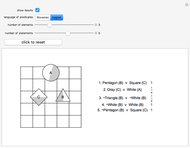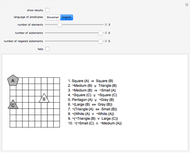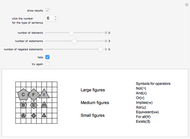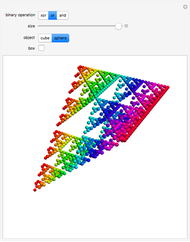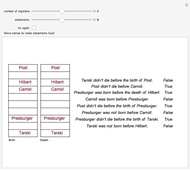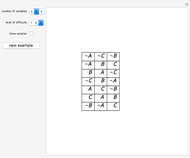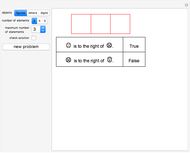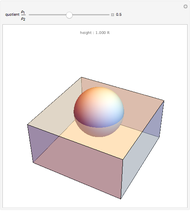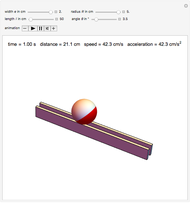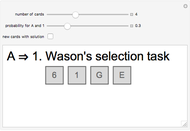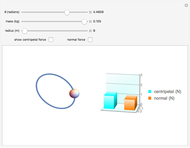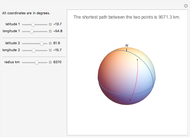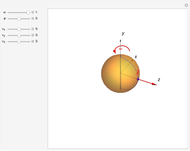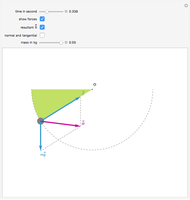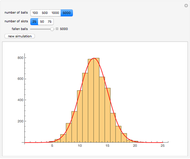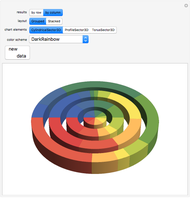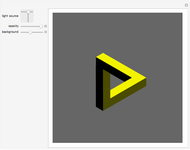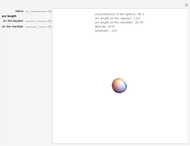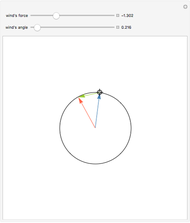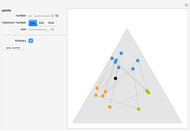Wason's Selection Task: Test of Logical Reasoning

Requires a Wolfram Notebook System
Interact on desktop, mobile and cloud with the free Wolfram Player or other Wolfram Language products.
Human logical reasoning as a cognitive process has been the subject of a vast amount of research in psychology. Throughout the history of these studies, Wason’s selection task (or the four-card problem) has been one of the most successful experiments to explore how subjects reason and why they make mistakes.
[more]
Contributed by: Bernard Vuilleumier (April 2017)
Open content licensed under CC BY-NC-SA
Snapshots
Details
Wason thought of a device that became a paradigm in the study of logical reasoning, namely a "selection task". The experiment consists of displaying a set of cards to a subject: each card has a letter on one side and a number on the other. The only rule is that whenever there is an A on a card, there has to be a 1 on the other side. Once this rule has been explained, the subjects are presented with four cards placed on a table; for example: A, D, 1, 7. We ask the subject to determine which cards have to be turned over to be sure that the game respects the rule given (if A, then 1). Wason reckons he will determine in this way the mastery of a basic logical aptitude (understanding the logical implication of "if A, then 1"). However, he observes only a low percentage of correct answers (10%), and not, as he had expected, a substantial majority (that is, we should turn over the cards with A and 7, and these only).
The experiment is exemplary for two reasons: first, it is easily reproducible, giving similar results whatever the exact formulation of the test, and whoever the subjects are: their training, their age, their social standing, their culture, etc.; second, it causes a constant and characteristic distribution of errors ("A", "A and 1", represent about 75% of the answers).
References
[1] D. Andler, ed., Introduction aux sciences cognitives, Paris: Gallimard, 2004.
[2] P. C. Wason, "Reasoning," in New Horizons in Psychology (B. M. Foss, ed.), Baltimore: Penguin Books, 1966.
Permanent Citation
"Wason's Selection Task: Test of Logical Reasoning"
http://demonstrations.wolfram.com/WasonsSelectionTaskTestOfLogicalReasoning/
Wolfram Demonstrations Project
Published: April 4 2017







